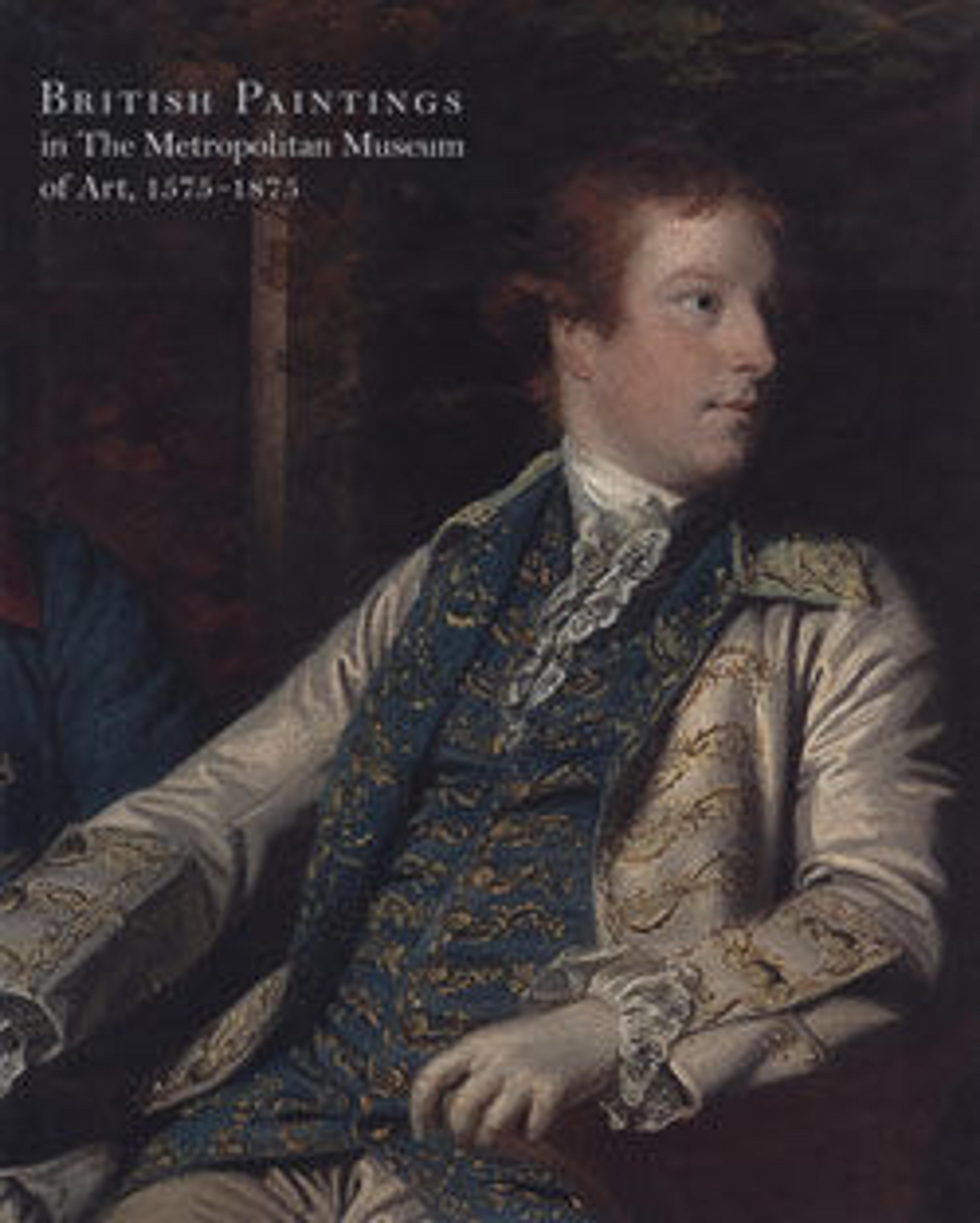George IV (1762–1830), When Prince of Wales
This portrait of the prince wearing a uniform of the Tenth Light Dragoons and the star of the Order of the Garter is a version of Beechey's diploma work, which was presented to the Royal Academy in 1798. Another version, commisssioned by the sitter and probably painted in 1803, is in the British Royal Collection.
Artwork Details
- Title: George IV (1762–1830), When Prince of Wales
- Artist: Sir William Beechey (British, Burford, Oxfordshire 1753–1839 Hampstead) and Workshop
- Medium: Oil on canvas
- Dimensions: 56 1/4 x 44 1/2 in. (142.9 x 113 cm)
- Classification: Paintings
- Credit Line: Gift of Heathcote Art Foundation, 1986
- Object Number: 1986.264.3
- Curatorial Department: European Paintings
More Artwork
Research Resources
The Met provides unparalleled resources for research and welcomes an international community of students and scholars. The Met's Open Access API is where creators and researchers can connect to the The Met collection. Open Access data and public domain images are available for unrestricted commercial and noncommercial use without permission or fee.
To request images under copyright and other restrictions, please use this Image Request form.
Feedback
We continue to research and examine historical and cultural context for objects in The Met collection. If you have comments or questions about this object record, please contact us using the form below. The Museum looks forward to receiving your comments.
